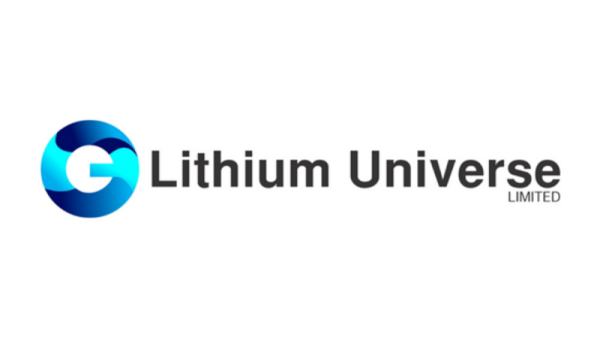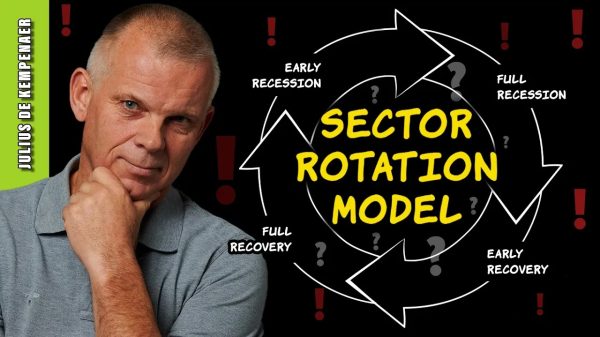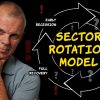“Poverty, n. A file provided for the teeth of the rats of reform. The number of plans for its abolition equals that of the reformers who suffer from it, plus that of the philosophers who know nothing about it.” Ambrose Bierce wrote that over a century ago. Some things don’t change.
With all those plans over the centuries, why does poverty still exist? Part of the problem is a matter of definition. Consider the following thought experiment, which I have posed to a wide variety of audiences over the years. Imagine a country in which everyone has a yearly income of $50,000. There are two proposals for the future which will have the following effects:
1. The yearly income for everyone will be $55,000;
2. The yearly income for 90 percent of the population will be $58,000, and for the other 10 percent, it will be $580,000.
Which option would you choose?
What has fascinated me over the years is that in almost every case, the audience is pretty evenly split between those two options. The thought experiment reveals an underlying question which is rarely overtly discussed. When you think about income, is it absolute or relative income that matters? If your income rose by 25 percent, but the income of everyone you know rose by 50 percent, would you be happier?
There is an immediate application of this thought experiment to the question of poverty. What does it mean to be poor? Living on a sidewalk in Kolkata begging for food is poor by any definition. But, what about living just below the poverty line in America? Compared to most of the readers of The Daily Economy, such a person is poor, but compared to the Indian beggar, the poor person in America is phenomenally wealthy. Which is the right comparison?
Reading Rainer Zitelmann’s How Nations Escape Poverty, I realized there is a related thought experiment which reveals yet another complication in the endless debate on poverty. Imagine a country in which the income of every single person is less than whatever number you would like to use for a definition of poor. Now consider two proposals which have these effects:
1. The yearly income of every single person rises to slightly above the poverty line;
2. The yearly income for 10 percent of the population rises to 10 times the poverty line, for 70 percent of the population to 5 times the poverty line, and for 20 percent of the population, it does not rise at all.
Which option would you choose? The first option eliminates poverty. The second option generates much higher levels of wealth. The importance of this thought experiment is the way it reveals a difference in two questions which sound the same. When you think about poor countries, is the goal to end poverty, or to increase wealth? The difference between these two goals is the thinking that lies beneath Zitelmann’s book.
The large-scale development projects in the past 70 years have been focused on eliminating poverty. Zitelmann provides an overview of the effects of these policies. The quick summary: they do not work. Touring the work of Frank Bremer, Dambisa Moyo, William Easterly, and others, it becomes fairly obvious that, in the words of one of Easterly’s subtitles, “the West’s efforts to aid the rest have done so much ill and so little good.”
Zitelmann’s conclusion:
If the findings of so many scientific studies are so clear-cut, why does the belief that development aid is the best way to lift nations out of poverty so doggedly persist? I think it is because of what I call zero-sum beliefs. Many people believe that poor countries are only poor because rich countries have taken something away from them. The implication is that rich countries have to give up some of their wealth and then the poor countries will be better off.
It does seem straightforward. If the goal is simply to eliminate poverty, then why not just transfer some of the wealth from people in the rich countries to people in the poor countries? That proposal, however, suffers from a massive confusion of wealth and income. Providing funds to build a dam in a poor country does involve a transfer of wealth, but it does not necessarily mean that future income will be higher.
Instead of asking how to eliminate poverty, Zitelmann wants to change the question to how to increase wealth. His formula is not that complicated: “private property and the market economy are the foundations of growth, and if the state does not interfere too much in the economy, everybody’s lives will improve, especially those of the poor.” Moreover, Zitelmann argues, “capitalism, unlike socialism, cannot be decreed by state orders; it grows in a spontaneous process from below, and the best things political leaders can do is not to disrupt or prevent this process.”
This idea that free markets are the recipe for economic growth is obviously not original to Zitelmann. He opens his book showing that Adam Smith framed the basic argument 250 years ago. Zitelmann is also fully aware that relying on markets to increase national wealth will not result in equal gains for everyone. Referring to Angus Deaton’s work, Zitelmann notes that inequality always increases as nations escape poverty.
What distinguishes Zitelmann’s book from the numerous others on the same theme is the manner in which he makes his case. In the 182 pages of text, 150 of them are devoted to case studies of two countries: Vietnam and Poland. What unites these two countries? Of countries with populations over 30 million, these two had the largest growth in economic freedom since 1995 according to the Heritage Foundation’s Index. Both were relatively poor countries in their Communist heyday; both experienced very rapid growth in the last few decades. Connecting the changes in economic freedom to the economic growth rates is the goal of Zitelmann’s book.
The chapter on Vietnam is the stronger example. In the mid-1980s, a decade after the end of the war, Vietnam was one of the poorest countries in the world. It also has a large population. Zitelmann notes that most people are surprised to find out it has a larger population than any European nation. Vietnam’s poverty may be unsurprising, given the wars involving the French and Americans which lasted decades. But the Sixth Party Congress, which came to power in December of 1986, disagreed with that conclusion. As Zitelmann explains:
It says much for the Vietnamese that they did not try to blame external factors, such as the long war with the US and its associated destruction, the military conflicts with China and Cambodia, natural disasters, and so on, for the dire situation their country found itself in. Rather, the final resolution of the party congress was decidedly self-critical: ‘Without underestimating the objective difficulties, the party congress comes to the realization that the subjective reasons for the current situation are to be sought above all in mistakes and errors of leadership and direction by the party and the state.’
Beginning with that assessment of the problem, the government began a widespread set of economic reforms dubbed Doi Moi (which translates as “Renewal”). Restrictions on private enterprise, including the ability to hire workers, were reduced, nationalized businesses were returned to their former owners, and central planning and price bureaucracies were dismantled, eliminating both subsidies and price controls. As Jon Miltimore recently discussed in greater depth, the Vietnamese economy roared to life. Vietnam is no longer a low-income country using World Bank definitions. Between 1993 and 2020, poverty fell from 80 percent of the population to 5 percent.
Poland had a similar moment of radical economic change. By the late 1980s, Poland was poor even compared to other communist Eastern European countries. Zitelmann points to Wilczek’s Act in 1988, the Minister of the Interior’s set of reforms which allowed anyone to become an entrepreneur. The results were dramatic; within a year 2 million businesses and six million jobs were created. (The population of Poland in 1989 was 38 million people.) This was followed up over the next three years with a further set of market-oriented reforms involving privatization, deregulation, and tax reform crafted by the Deputy Prime Minister Leszek Balcerowicz. Since 1989, Poland has been the fastest-growing country in Europe.
Beyond the parallels of being former communist countries introducing a market economy, Vietnam and Poland have another intriguing similarity. Zitelmann has been conducting surveys asking what people think about the rich. The surveys get at the question in several ways. People are asked whether they agree with statements ranging from “Rich people who have succeeded through their own efforts are role models who motivate me” to “The rich people only became rich because there was injustice in our society.” People are also asked which character traits (imaginative, industrious, honest, cold-hearted, greedy) are most likely to apply to rich people. From these sorts of surveys, Zitelmann constructs a “Rich Sentiment Index.” The top two countries in terms of positive sentiments toward the rich? Poland and Vietnam.
The lesson Zitelmann draws from his case studies is simple and clear. If you care about poverty, then you should focus on encouraging positive views about high levels of wealth. A country with people who think positively about the wealthy is more likely to implement market reforms which will make it easier for people to generate wealth. As a nation gets wealthier, poverty will decline. After all, as Zitelmann notes, “it is not primarily the strong who need the market economy, because they will somehow manage in any system; it is the weak and the poor, whose only chance to improve their living conditions is in a free-market economy.”

































